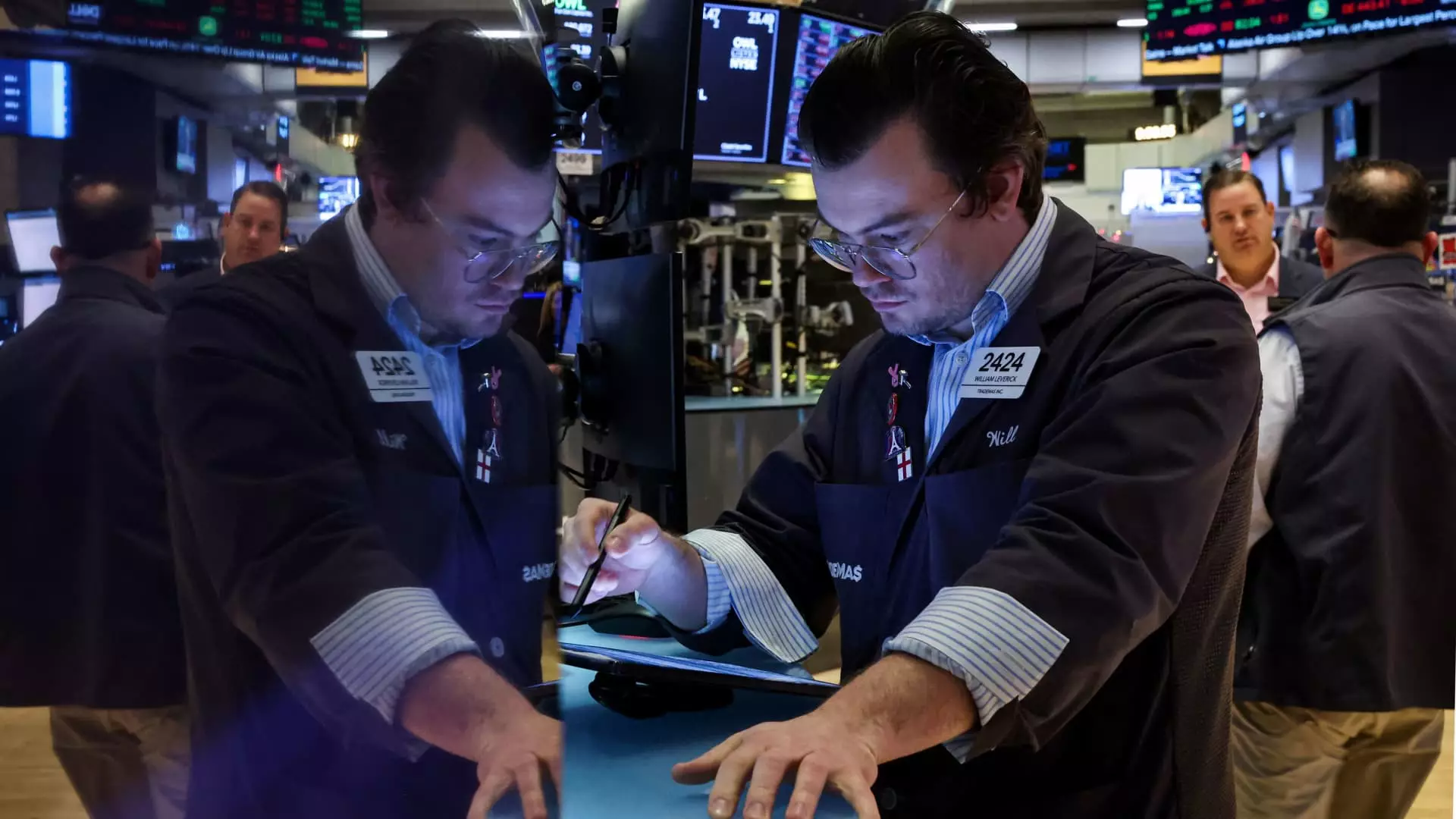The Dow Jones Industrial Average (DJIA), a key indicator of the United States stock market, has been on an alarming decline for an unprecedented nine consecutive trading days. This marks the longest losing streak for the index since February 1978, prompting widespread discussions about the causes behind this downturn and the potential implications for investors. Central to this analysis is investigating the stocks that have significantly influenced these losses and the broader economic context in which these movements are occurring.
Heading the list of stocks responsible for dragging down the DJIA is UnitedHealth, which has seen a staggering 20% decrease in value this month alone. The company has faced intense scrutiny following political remarks by President-elect Donald Trump concerning the pharmacy benefit managers, which threaten the business model of leading insurers like UnitedHealth. This sudden governmental focus has led to a state of fear among investors, particularly after the recent tragic incident involving the company’s CEO, Brian Thompson, which has added a layer of uncertainty surrounding its leadership.
Other notable stocks that have contributed to the index’s downward trajectory include major cyclical companies such as Sherwin-Williams, Caterpillar, and Goldman Sachs. Traditionally perceived as benefactors of an expanding economy, these stocks have suffered losses exceeding 5% in December. Their drop parallels a shift in investor sentiment following Trump’s election, as the excitement surrounding deregulation and economic growth began to wane.
As the DJIA struggles, concerns about the broader economy have surfaced, particularly with a slight uptick in jobless claims data sparking fears of economic weakening. Despite these worries, many investors maintain a bullish outlook for the economy over the next few years, chiefly due to a lack of significant indicators reminiscent of the worst stagflation periods of the late 1970s.
The current environment presents a complex picture: while the Dow is undergoing turbulence, the S&P 500 recently achieved new heights, and the Nasdaq Composite has also reached record levels. This dichotomy prompts a critical examination: can the Dow’s struggles be neatly tied to economic deterioration, or are they more reflective of an outdated index structure unable to adapt to contemporary market dynamics?
There’s a growing discourse among analysts regarding the relevance of the Dow’s price-weighted approach. Originally designed in the late 19th century to represent a typical investor’s portfolio, it now appears increasingly out of step with today’s market landscape. With only 30 constituents, it lacks the diversity that characterizes other indexes like the S&P 500, which dilutes the representative accuracy of the DJIA concerning industrial America.
Critically, the DJIA’s structure fails to properly account for major gains in technology stocks, which, despite their performance, might not significantly buoy the overall index due to the price-weighted nature of the Dow. For instance, even with substantial increases in the stock values of tech giants like Amazon, Microsoft, and Apple, the DJIA continues to languish because their effects are muted within the price-weighted system.
With the Federal Reserve poised to make decisions that could significantly impact market dynamics, many analysts believe that the current sell-off may present buying opportunities, especially given the perceived oversold conditions in the market. As investors await signs from the Federal Reserve regarding monetary policies, the anticipation of a potential market rebound looms.
While the Dow’s recent performance raises concerns, it also emphasizes the complexities and challenges of relying on historical indexes to gauge market sentiment effectively. Adapting to the intricacies of modern trading, characterized by tech booms and rapid shifts in investment behavior, is paramount for the DJIA as it endeavors to reclaim relevance in an ever-evolving economic landscape. Investors should remain vigilant yet optimistic, prepared to seize emerging opportunities as market conditions continue to unfold.

